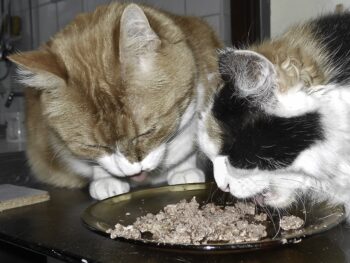When you bring home your new furry friend, of course you want to make kitty’s well-being your first priority. For an indoor cat, you must start by understanding their specific dietary requirements. Indoor cats must rely entirely on the food we provide to meet their nutritional needs, and with so many food choices out there, it’s often hard to choose.
Though it might be tempting to serve dry food only because it’s such an easy solution, it behooves you to know that wet foods play a key role in meal management. They contain fewer calories and more moisture than dry food. Not only will they help keep kitty more hydrated, but also he will feel full while eating less.
Good Food Quality Is Essential
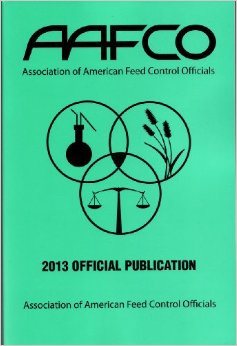
Look for these qualities in the food: Does the food contain the nutrients crucial for kitty’s health? Check for a balance of protein, fats, carbohydrates, vitamins, and minerals. Of course, since kitty is an obligate carnivore, make sure the food you choose has plenty of protein. The one exception: A health condition, such as kidney disease, may require a low-protein diet.
Also, foods that contain L-carnitine, an amino acid, can make it easier for a cat to keep off extra weight as it makes it easier to burn fat. It is beneficial for indoor cats to eat foods with a low to medium fat content and high fiber.
Read the label. It should contain the AAFCO nutritional adequacy statement for growth and maintenance for all life stages. AAFCO is a nonprofit organization that offers nutritional guidelines for pet food. It provides a guaranteed analysis of nutritional ingredients. It shows the percentages of important nutrients included.
The Role of Cat Food in Managing Indoor Cat Health
Indoor cats have their unique sets of challenges and, as a result, their food must do more than just satisfy hunger. The right cat food plays a crucial part in managing their overall health. Here’s where we focus on the specific role that diet plays in keeping indoor cats not only full, but also healthy and content.
Because indoor cats often lead less active lives than outdoor kitties, they will burn fewer calories during the day. Therefore, it’s important to feed them a calorie-controlled diet that matches their energy output. Choose a food that has a moderate to low caloric content. Fat content should also rest in the low range. To add fiber and lower the risk of excess weight, choose recipes with whole complex carbohydrates like whole corn, whole brown rice, and sweet potatoes.
Hairballs Aren’t Fun For You Or Kitty
By choosing specialized foods with targeted fiber content, you can also help kitty to move hair through the digestive system, reducing the frequency and severity of hairballs. Also, the right balance of minerals and a pH balance tailored to kitty’s needs can foster a healthy urinary environment, thus helping to prevent life-threatening conditions like urinary blockages or stones.
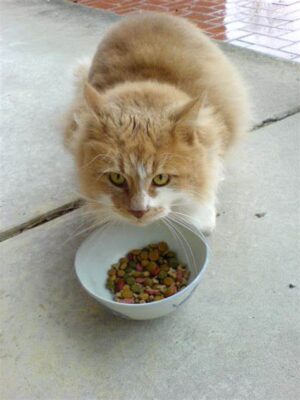
If you need help determining your cat’s exact dietary needs, consult your vet — you can receive excellent suggestions in this way.
To review: 1) Check for a balance of proteins, fats, and carbohydrates, 2) Ensure the food meets AAFCO feeding guidelines, 3) Make sure sufficient fiber is present and that the caloric content is not too high.
Top-rated Cat Foods for Indoor Cats
Some reputable brands with top-rated products include Purina Pro Plan Indoor, Hill’s Science Diet Indoor, and Royal Canin Indoor. Each of these lines has a focus on indoor cat health, with variations tailored for age, weight control, and hairball management.
For those preferring grain-free, organic, or natural diets, brands like Blue Buffalo Wilderness Indoor Chicken Recipe and Wellness CORE Natural Grain Free have been praised by cat owners for high protein content and the inclusion of healthful veggies and fruits.
Product reviews can be insightful, but always remember, what works for one cat may not work for another. Reading testimonials from other cat owners is a useful barometer for the quality and satisfaction levels, but ALWAYS observe your cat’s reaction and consult with your vet when introducing a new diet.
A Sample List Of Cat Foods That Might Work For Your Kitty
Below you will find a list of general guidelines from https://cats.com. Perhaps your cat will like these foods and perhaps you will need to find others. I’m including it because it includes overall guidelines as to why these particular foods work. Feel free to try and then substitute if you find another that seems more suited to your furry feline.
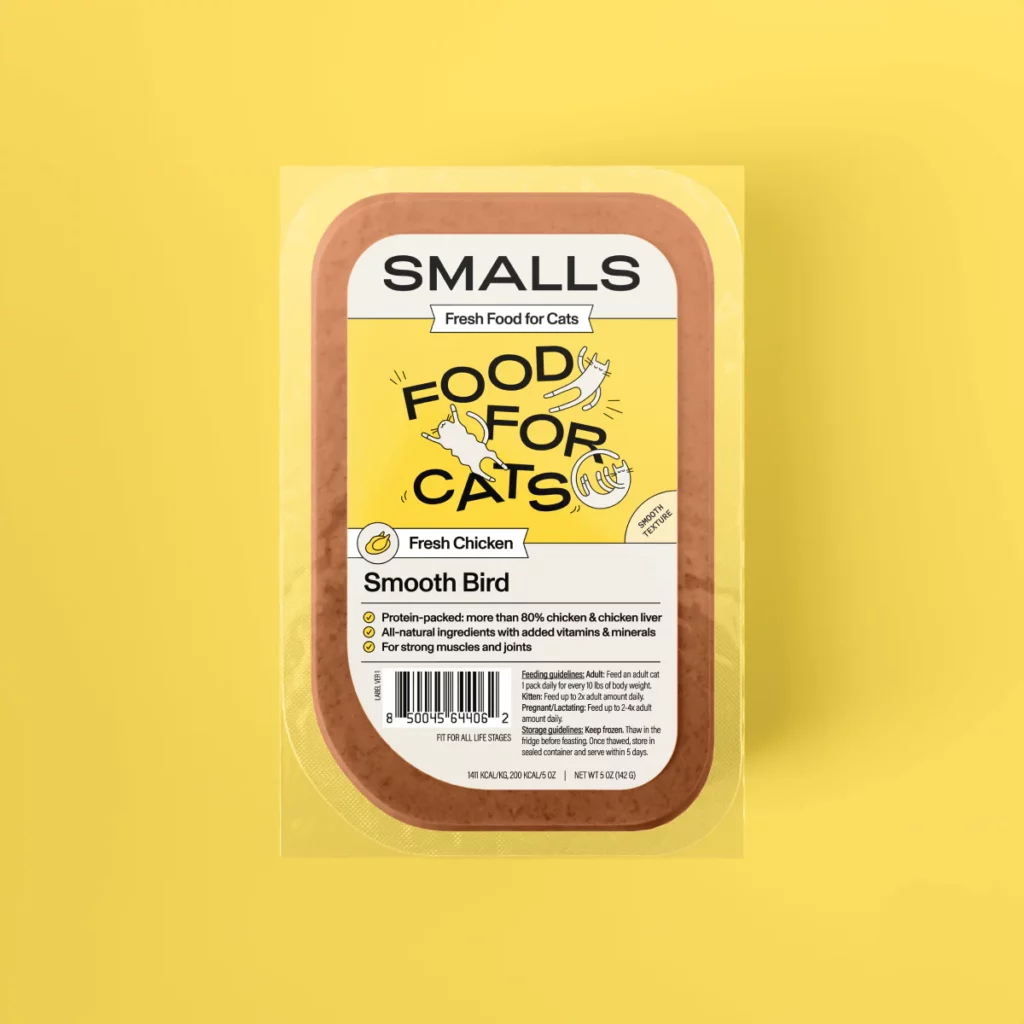
1) Overall best: Small’s Smooth Bird Fresh Cat Food
Why:
Rich in protein from chicken and liver
Good source of hydrating moisture
Adjustable meal plans food for indoor cats
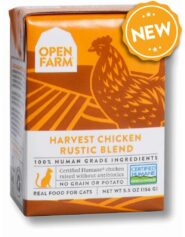
2) Best wet: Open Farm Harvest Chicken Rustic Blend Wet Cat Food
Why:
Made with 100% human-grade ingredients
Packed with high-quality animal protein
Rich in moisture to support hydration
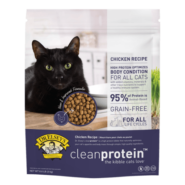
3) Best dry: Dr. Elsey’s Cleanprotein Chicken Recipe Dry Cat Food
Why:
Rich in animal-sourced protein
Low-carb option for cats who like dry food
Small kibbles are easy to chew
4) Best for kittens: Wellness CORE kitten turkey and chicken liver canned cat food
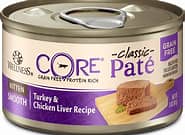
Why:
Rich in animal-sourced protein and fat
Good source of DHA for kittens
Probiotics help support healthy digestion
5) Best for seniors: Weruva Truluxe steak frites dinner with beef & pumpkin in gravy canned food
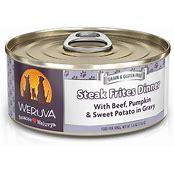
Why:
Low in phosphorous; may benefit kidney health in older cats
Rich in highly digestible animal protein
Very low in carbohydrates
6) Best for hairballs: Tiki Cat Koolena Luau chicken and egg recipe in chicken consomme wet cat food
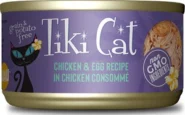
Why:
Contains over 70% dry matter protein
Low in calories; helps prevent weight gain
Rich source of hydrating moisture
Switching your cat to a new food should be a gradual process. Rushing it can upset their stomach. Try starting with a mix of 75% old food and 25% new food, then gradually increasing the new food over a couple of weeks.
Another Option
There’s also the option of homemade diets and supplements. While some owners swear by them, it’s best to consult with a vet before going down this path. Cats have complex needs, and it’s quite a challenge to meet them without professional guidance.
Remember, if you have trouble choosing the right nutrient-rich food for your kitty, consult your vet. In this way you will gain an expert opinion which can help decide your final decision.
The bottom line: Pay attention to your cat’s preferences. Some foods he will love and some he will not care for. Choose with his best health in mind and vary or change your choices as necessary. Just remember that quality really counts and his health depends on it when it comes to what kitty eats.
Here’s a video that might make your cat food decision easier:
References I used for this post: www.businessinsider.com/guides/pets/best-cat-food-indoor-cats https://www.cats.com/best-cat-food-indoor-cats

